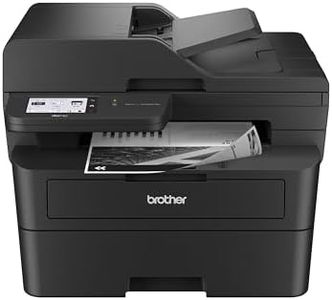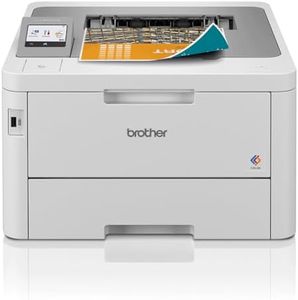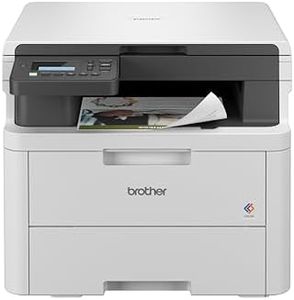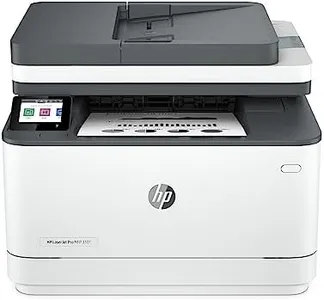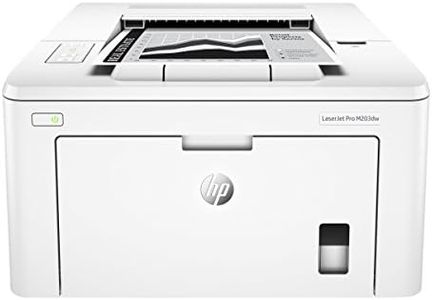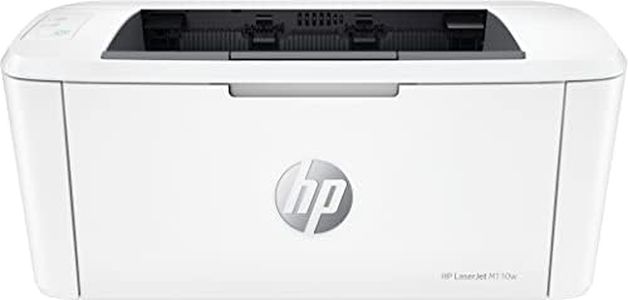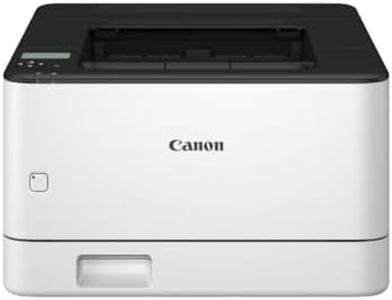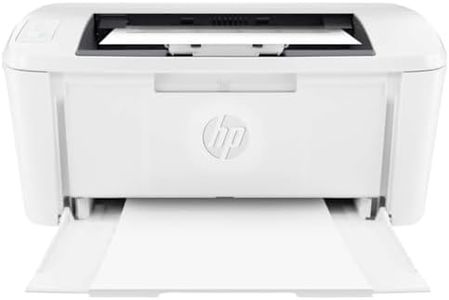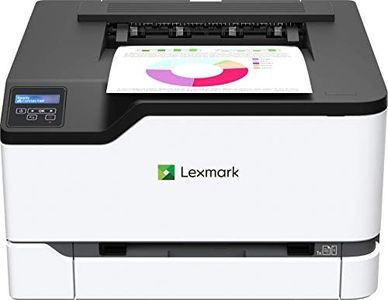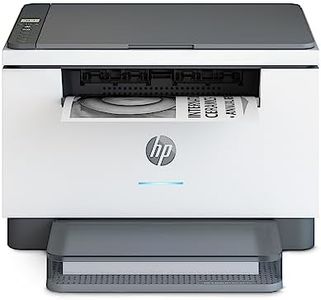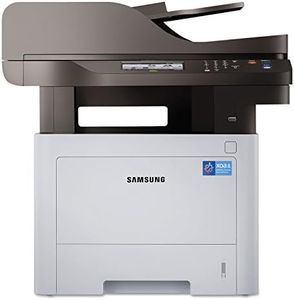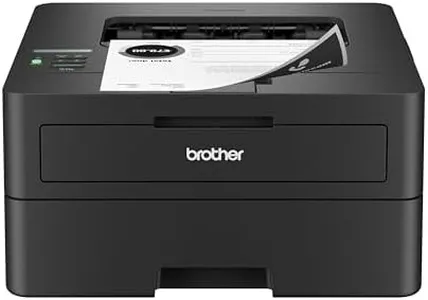We Use CookiesWe use cookies to enhance the security, performance,
functionality and for analytical and promotional activities. By continuing to browse this site you
are agreeing to our privacy policy
10 Best Budget Laser Printers
From leading brands and best sellers available on the web.Buying Guide for the Best Budget Laser Printers
When choosing a budget laser printer, it's important to focus on finding a device that matches your expected printing needs without paying for extra features you won't use. Consider how often you print, the types of documents you need, and the space available for your printer. Understanding your usage patterns will help you make sense of various specs and make a smarter choice.Print Speed (Pages Per Minute, PPM)Print speed, often shown as pages per minute (PPM), tells you how fast the printer can produce documents. This is important if you frequently need to print many pages at once or often find yourself in a hurry. Lower PPM (under 20) is fine for light home use, while higher PPM (20-30) suits more active home offices or small businesses. Choose based on how much you print at a time—if you only print a few pages now and then, a lower speed won’t slow you down.
Print Resolution (DPI)Print resolution is measured in dots per inch (DPI) and tells you how sharp and clear your printed text and images will be. Higher DPI means finer detail, which is more noticeable in graphics or small text. For basic text documents, even the lower end of printer resolution is usually sufficient (around 600 x 600 DPI), but if you want to print charts or occasional images, look for higher resolution printers (upwards of 1200 DPI). Decide how important image clarity is for your use.
Connectivity OptionsConnectivity refers to how the printer connects to your devices. The most common choices are USB, Wi-Fi, and sometimes Ethernet. USB is simple for a single computer, while wireless options provide flexibility for printing from laptops, phones, or multiple devices around the home or office. Ask yourself whether you just need wired desktop access or want the convenience of printing from anywhere in the room or from a mobile device.
Paper Handling CapacityPaper handling capacity is about how many sheets the printer can hold at once, which affects how often you need to refill the tray. Smaller capacities (around 100 sheets) are fine for occasional printing, but if you print in larger batches or share the printer, look for models with higher capacities (150-250 sheets or more). Gauge how often you want to reload paper based on your average print volume.
Duplex Printing (Automatic Double-Sided Printing)Duplex printing lets the printer automatically print on both sides of the page, saving paper and effort. Manual duplex printers require you to flip the pages yourself. If you print large documents frequently or want to save on paper, automatic duplex is a good convenience. If your printing is minimal, you may not mind flipping pages by hand to save some money.
Toner YieldToner yield refers to how many pages you can print before needing to replace the toner cartridge. Higher yield means fewer interruptions and lower cost per page in the long run. For low-volume users, standard-yield cartridges are fine; if you print more often, look for printers that offer high-yield toner options. Think about how often you want to deal with replacements and how much you print per month.
Size and FootprintThe physical size of the printer can matter if you have limited desk or shelf space. Smaller, more compact printers fit nicely in home environments or small offices, while larger units may offer more features but require more room. Measure the available space where you plan to keep the printer and choose a size that fits comfortably.
